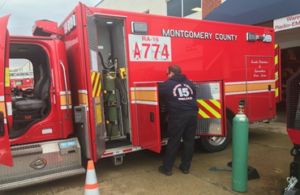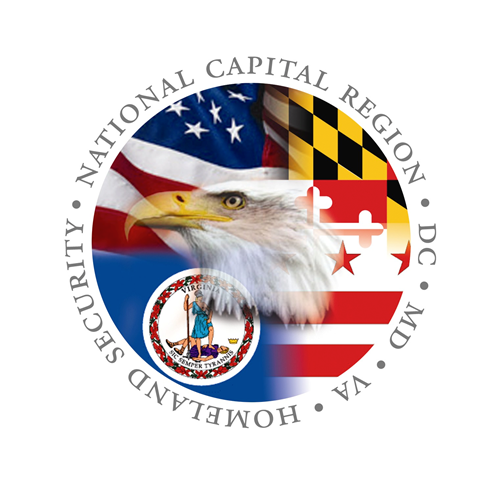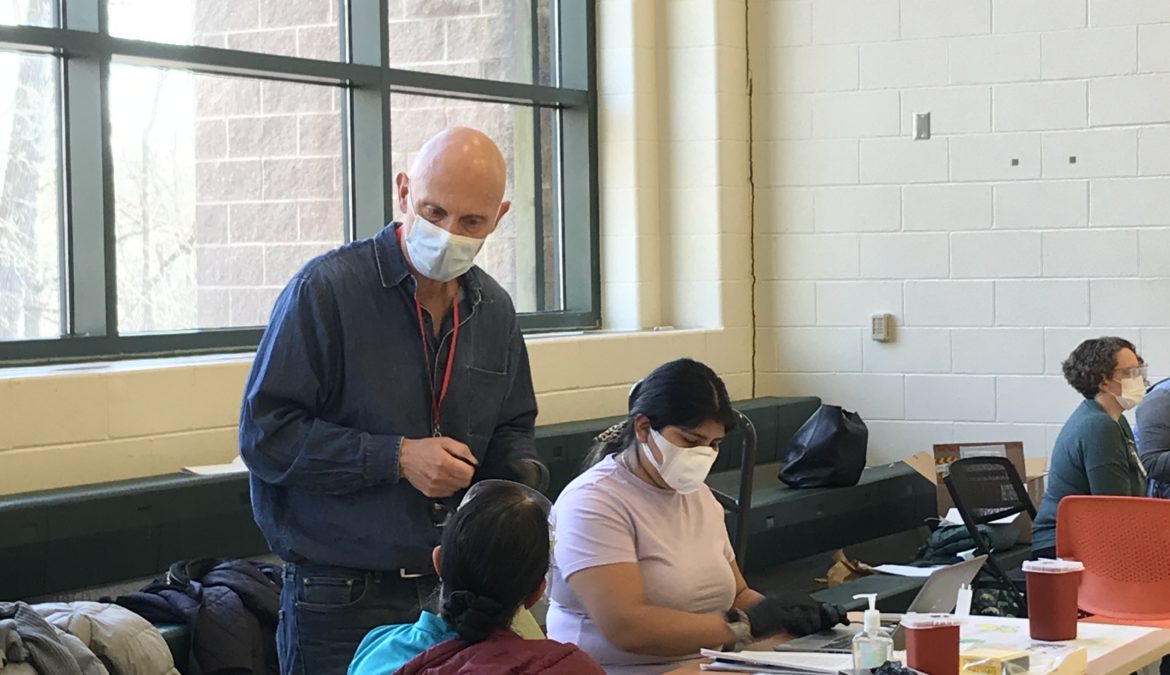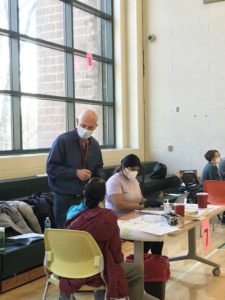The National Capital Region (NCR) is comprised of the District of Columbia, the State of Maryland, the Commonwealth of Virginia, and 24 county and local governments within that area. The area is home to over 5.5 million residents, and is the seat of the federal government, as well as countless private enterprises. The Region, is particularly susceptible to number of threats, including terrorism and high impact disasters. Countering these threats requires a high degree of coordination across the multiple disciplines, agencies, and jurisdictions across the NCR. The Emergency Response System programs of the NCR are one of many approaches to ensure successful regional coordination.
There are three Emergency Response System (ERS) organizations in the National Capital Region, with one in Maryland, Northern Virginia, and D.C. The purpose of the ERS programs is to provide a platform dedicated to building preparedness and response capabilities in a fashion that leverages other disciplines’ strengths and missions. The approach ensures maximum efficiency and effectiveness of multiple agencies and jurisdictions operating in concert. The participating agencies include a number of response partners, including law enforcement, fire and emergency medical services, public health, hospitals, and emergency management.
The programs are supported by Urban Area Security Initiative (UASI) funds from the U.S. Department of Homeland Security. These funds provide full-time staff to support the planning and execution of emergency response capability development. The staff is comprised of subject matter experts in multiple aspects of emergency management, including discipline mission areas and tactics, capability realization, grants and financial management, training and exercise, and consensus leadership. The funding also supports training, exercises, equipment acquisition, and other expenses related to homeland security and emergency preparedness.
The NCR has been dedicated to regionalism since the late 1990s, with multiple cross-jurisdictional committees and organizations designed to address these complexities. The ERS programs bring together those various disciplines for a coordinated, comprehensive approach to emergency response. The programs are conducted at the subregional level (Maryland, Northern Virginia, and DC) to account for localized needs, threats, and constructs. The ERS programs coordinate with one another, as well as other NCR groups and governing bodies, to create region-wide capabilities to best protect the residents and visitors of the Greater Metropolitan Washington Area.
The Northern Virginia Emergency Response System (NVERS) was the first of its kind in the region. The organization started as a designated Metropolitan Medical Response System (MMRS), which was a grant program intended to build capabilities to respond to chemical, biological, radiological, and explosive events. In 2007, the program was rebranded as NVERS to focus on a more comprehensive set of emergency response capabilities. This expanded the multidisciplinary and multijurisdictional work that had begun through MMRS, and introduced new capability targets. At one point managed by the Northern Virginia Hospital Alliance, NVERS has since become a 501(c)(3) nonprofit organization, allowing it greater flexibility to address the ever-evolving needs of public safety and homeland security.
The Maryland-National Capital Region Emergency Response System (MDERS) has a history similar to that of NVERS. Both Montgomery and Prince George’s Counties, which legally comprise the Maryland-National Capital Region, were jurisdictions that participated in the MMRS program. Both programs were organized through the respective county’s fire and rescue department, but engaged other disciplines to meet healthcare objectives. In pursuit of lofty response goals that would require the cooperation of multiple jurisdictions, the two MMRS programs began working together to achieve greater capacity. In 2014, it was decided that the two programs would be combined into a single entity with a broader mission area to address additional aspects of emergency response, under the MDERS title. The organization was structured based on the successful NVERS model, with adjustments to best meet the needs of the MDERS stakeholders. Additional disciplines and jurisdictions were incorporated into the effort, and the program continues to grow. MDERS provides full capability development that includes planning, organization, equipping, training, and exercising that spans all participating jurisdictions, disciplines, and agencies. Since its inception, owing to its roots in a medical mission area, the program has been administered by the Maryland Institute for Emergency Medical Services Systems (MIEMSS).
The District of Columbia Emergency Response System (DCERS) was established at the same time that MDERS was founded. Though DC is a single jurisdiction, by its nature it has intense complexity with multiple agencies at both the city and federal level having jurisdiction within the city limits. The work of DCERS began with a heavy emphasis on response, as with NVERS and MDERS. In time, the program shifted to a goal of creating a culture of preparedness, assuming mission areas beyond response. To better reflect its mission and scope, the program was rebranded the District Preparedness System (DPS). Like its counterparts in Northern Virginia and Maryland, DPS conducts assessments to identify strategic target capabilities and capacities, and coordinates across all pertinent disciplines to achieve their goals. The program is housed in, and administered by, the D.C. Homeland Security and Management Agency (DCHSEMA) who provide a direct corollary to broader homeland security missions.
Each ERS program is managed at the subregional level, driven by the strategic vision and direction of local emergency response agency leaders. The programs are a portion of the broader approach of the NCR Homeland Security Executive Committee (HSEC), which oversees preparedness and response in the region. The efforts performed by the ERS programs, while managed locally, are informed by the regional goals of the HSEC. In furtherance of that intent, the ERS programs work closely with one another to ensure comprehensive coordination through the region. This includes leveraging resources, assuming combined efforts, and planning together to meet the homeland security and public safety needs as defined by the HSEC. Together with other regional bodies, the ERS programs contribute to the advanced state of readiness, unique capabilities, and enhanced capacity, all of which provide superior service and protection to the area’s residents and visitors.
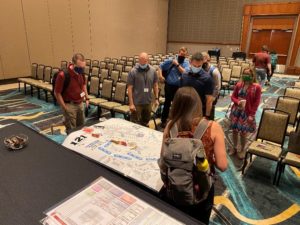 The MDERS Tabletop in a Box program is a coordinated effort with stakeholder agencies to provide a portable Incident Command System (ICS) training tool. The Tabletop in a Box program includes pre-scripted exercises, manipulatives, and maps of target hazard locations within their area of jurisdiction. This programs main tool is a portable box containing all materials required to run a hybrid exercise. This approach provides stakeholders with a forum to discuss, evaluate, and deconflict their response policies and procedures in a collaborative environment.
The MDERS Tabletop in a Box program is a coordinated effort with stakeholder agencies to provide a portable Incident Command System (ICS) training tool. The Tabletop in a Box program includes pre-scripted exercises, manipulatives, and maps of target hazard locations within their area of jurisdiction. This programs main tool is a portable box containing all materials required to run a hybrid exercise. This approach provides stakeholders with a forum to discuss, evaluate, and deconflict their response policies and procedures in a collaborative environment.

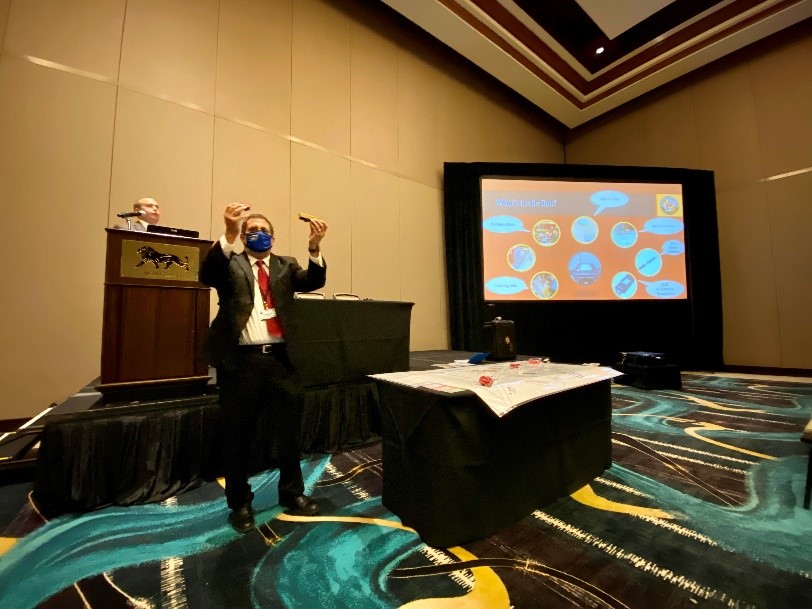
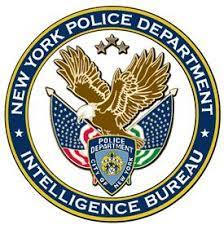
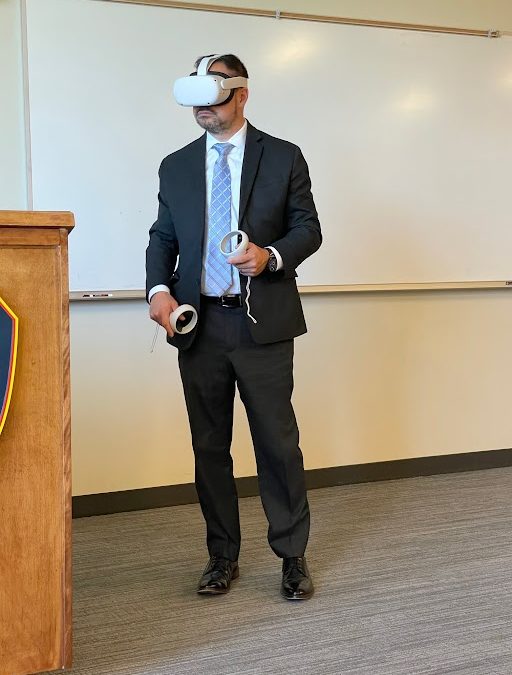


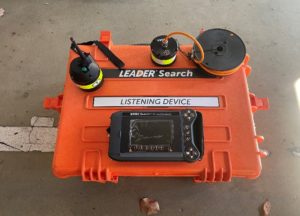


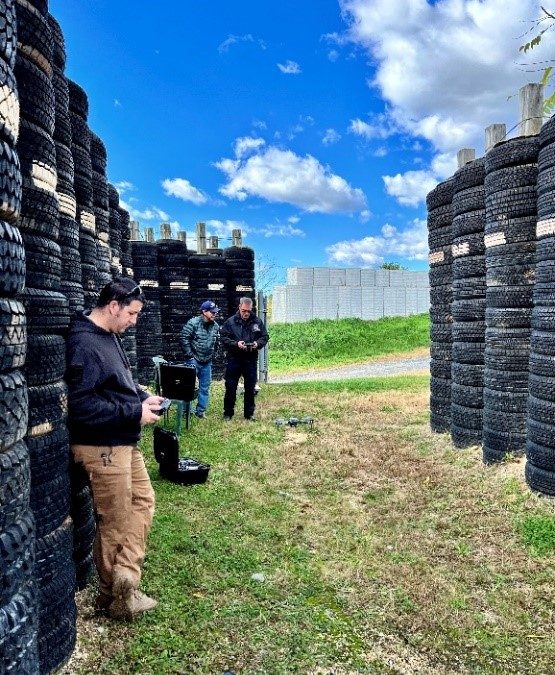
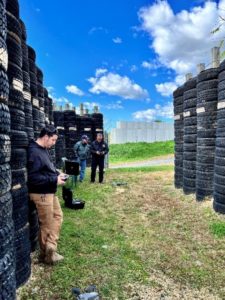
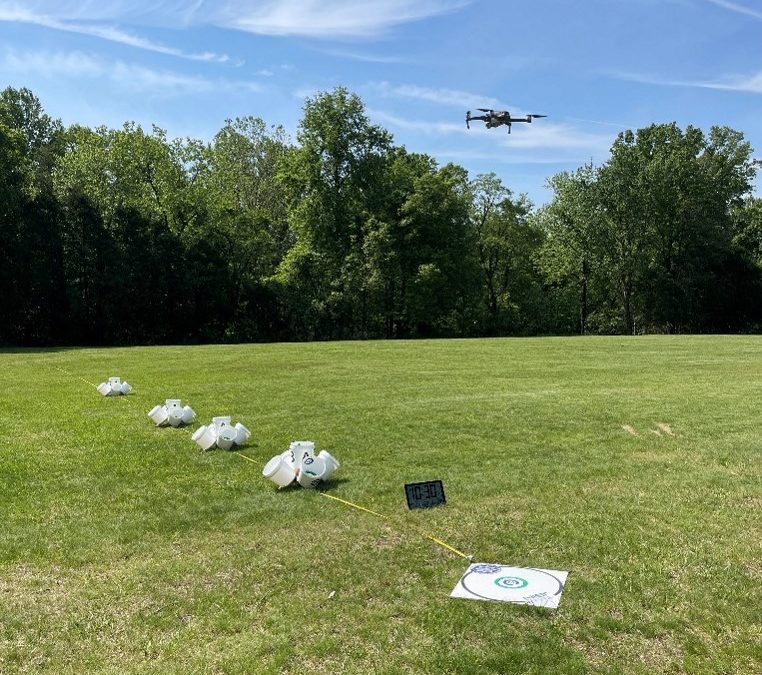
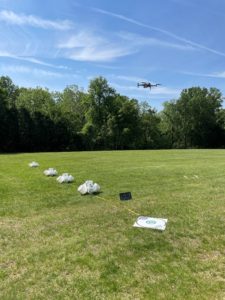
 The Maryland-National Capital Region Emergency Response System is excited to announce that Peter McCullough, JD, has joined the team in a contractor role to assist with numerous evolving projects. Peter joins us from the Center for Health and Homeland Security (CHHS), where he is a Law & Policy Analyst. He is a graduate of the University of Maryland, Francis King Carey School of Law, with a concentration in Cybersecurity and Crisis Management. Most recently, he worked directly with the District of Columbia Homeland Security and Emergency Management Agency (DCHSEMA) as an integral part of the 2021 Presidential Inauguration. He brings both professionalism and a fresh perspective to the field of response. Peter is eager to work with the entire MDERS stakeholder community, sharing his expertise to help enhance many of the current projects.
The Maryland-National Capital Region Emergency Response System is excited to announce that Peter McCullough, JD, has joined the team in a contractor role to assist with numerous evolving projects. Peter joins us from the Center for Health and Homeland Security (CHHS), where he is a Law & Policy Analyst. He is a graduate of the University of Maryland, Francis King Carey School of Law, with a concentration in Cybersecurity and Crisis Management. Most recently, he worked directly with the District of Columbia Homeland Security and Emergency Management Agency (DCHSEMA) as an integral part of the 2021 Presidential Inauguration. He brings both professionalism and a fresh perspective to the field of response. Peter is eager to work with the entire MDERS stakeholder community, sharing his expertise to help enhance many of the current projects.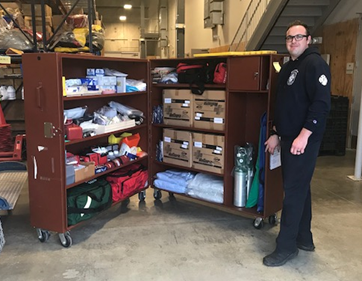
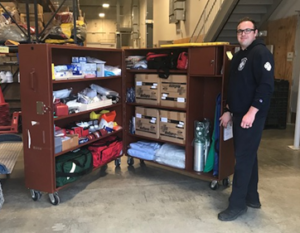 A fully stocked EMS in a Box Storage cabinet.
A fully stocked EMS in a Box Storage cabinet.